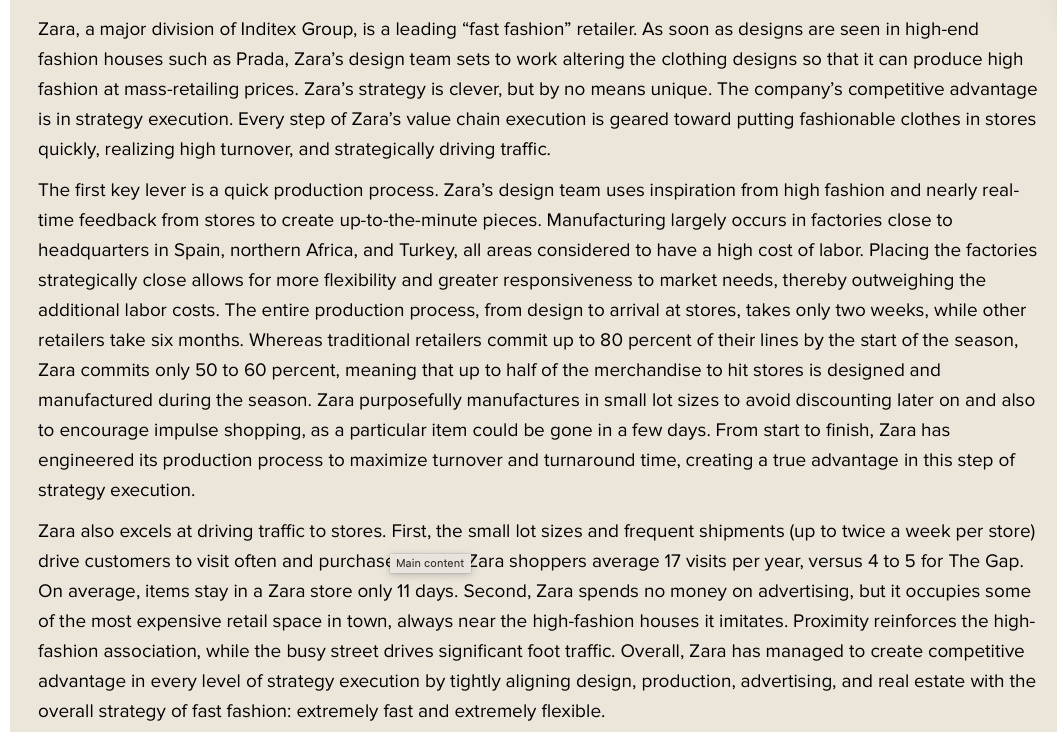Question
When a company's strategy fails, it is often due to poor execution. Even a brilliant strategy can fail if managers do not ensure that it
When a company's strategy fails, it is often due to poor execution. Even a brilliant strategy can fail if managers do not ensure that it is implemented well. Proficient strategy execution depends foremost on having in place an organization capable of the tasks demanded of it. Building an execution-capable organization is thus always a top priority. As shown in Figure 10.2, three types of organization-building actions are paramount: (1) Staffing the organization?putting together a strong management team, and recruiting and retaining employees with the needed experience, technical skills, and intellectual capital; (2) Acquiring, developing, and strengthening the resources and capabilities required for good strategy execution?accumulating the required resources, developing proficiencies in performing strategy-critical value chain activities, and updating the company's capabilities to match changing market conditions and customer expectations; and (3) Structuring the organization and work effort?organizing value chain activities and business processes, establishing lines of authority and reporting relationships, and deciding how much decision-making authority to delegate to lower-level managers and frontline employees. see attached...
If the strategy being implemented is a new strategy, the company may need to add to its resource and capability mix in other respects as well. But renewing, upgrading, and revising the organization's resources and capabilities is a part of the strategy execution process even if the strategy is fundamentally the same because strategic assets depreciate and conditions are always changing. Thus, augmenting and strengthening the firm's core competencies and seeing that they are suited to the current strategy are also top priorities.
Does the execution of the company's site selection capability also contribute to its competitive advantage?

Step by Step Solution
There are 3 Steps involved in it
Step: 1

Get Instant Access to Expert-Tailored Solutions
See step-by-step solutions with expert insights and AI powered tools for academic success
Step: 2

Step: 3

Ace Your Homework with AI
Get the answers you need in no time with our AI-driven, step-by-step assistance
Get Started


